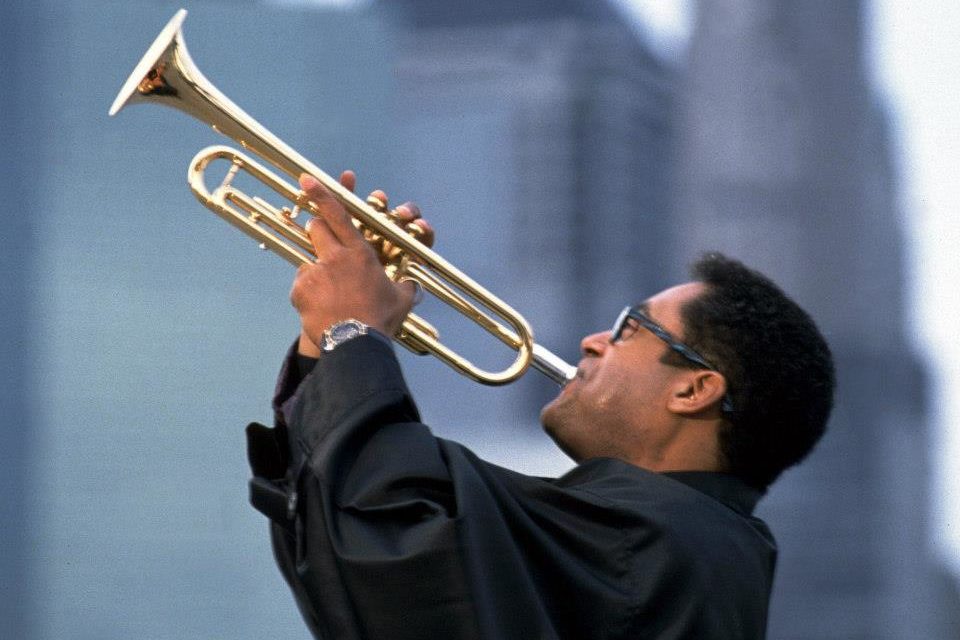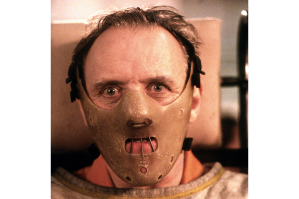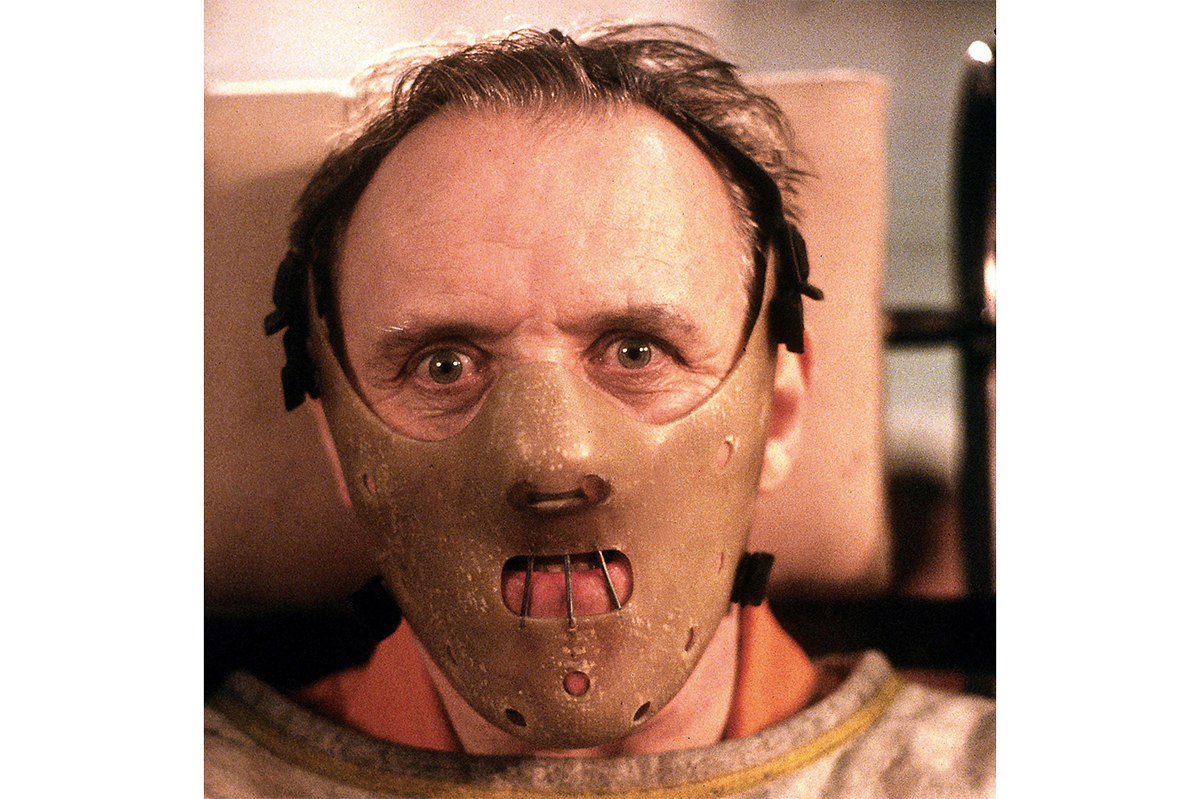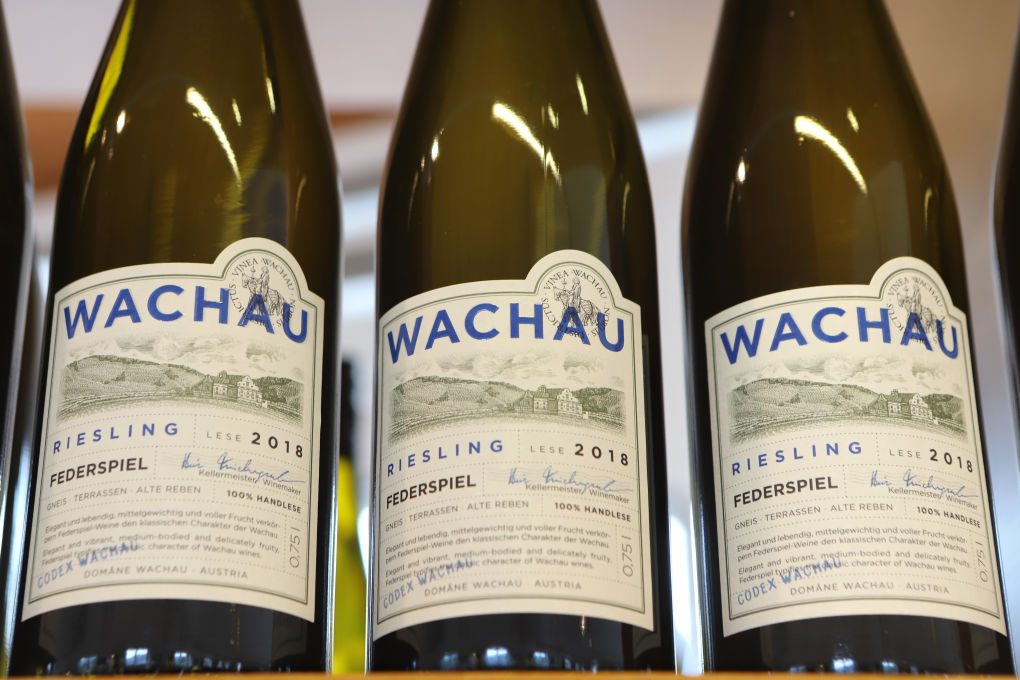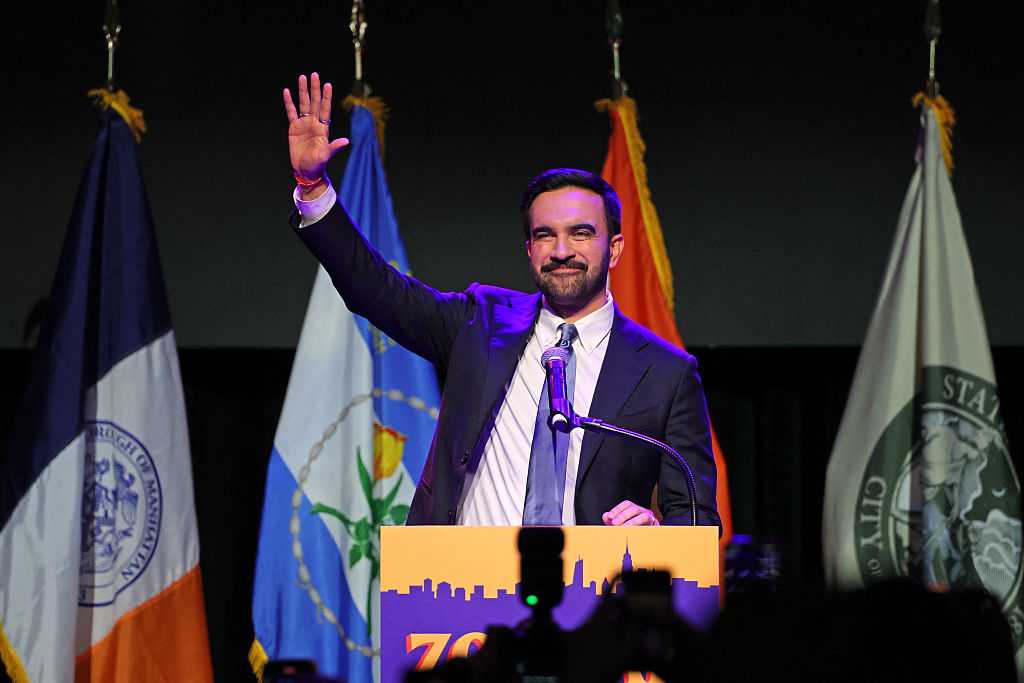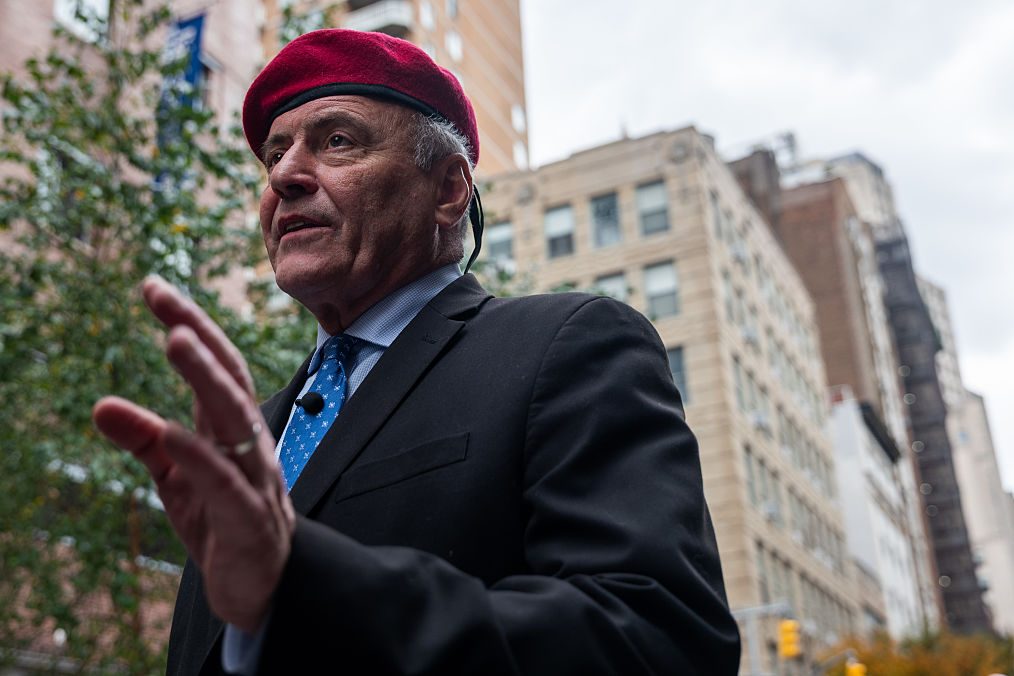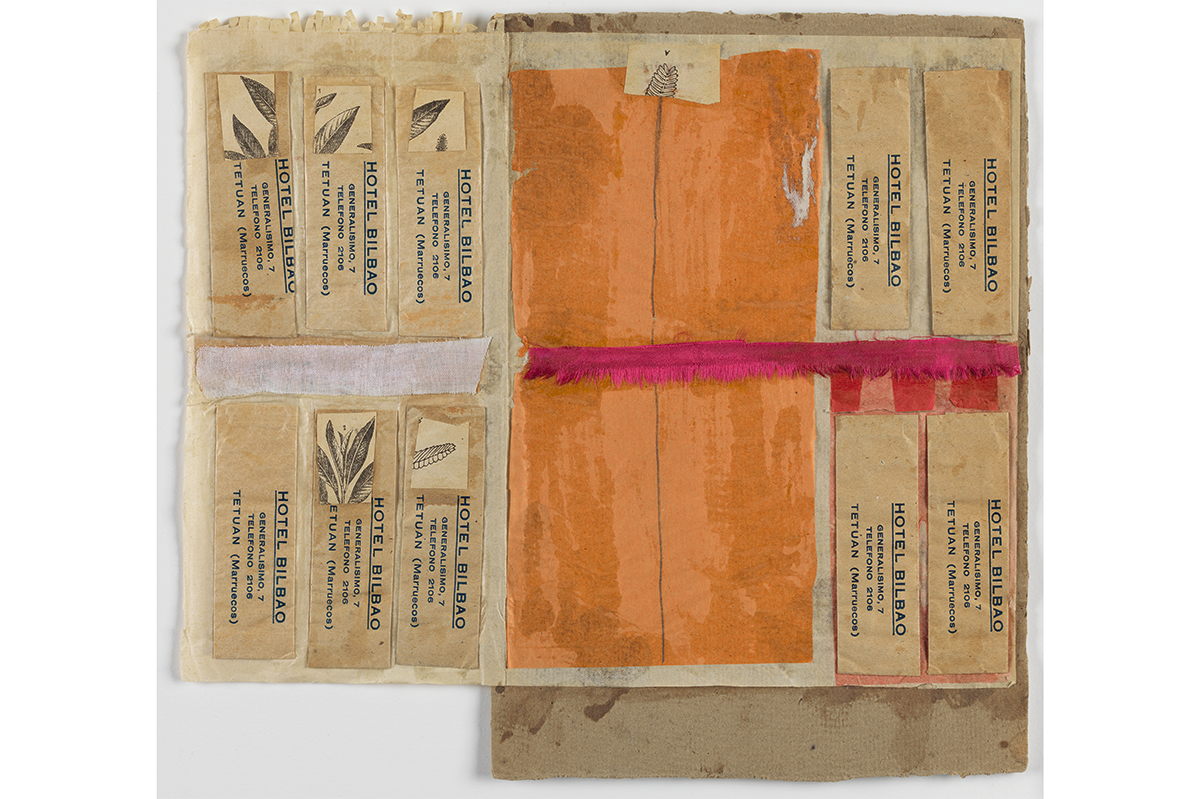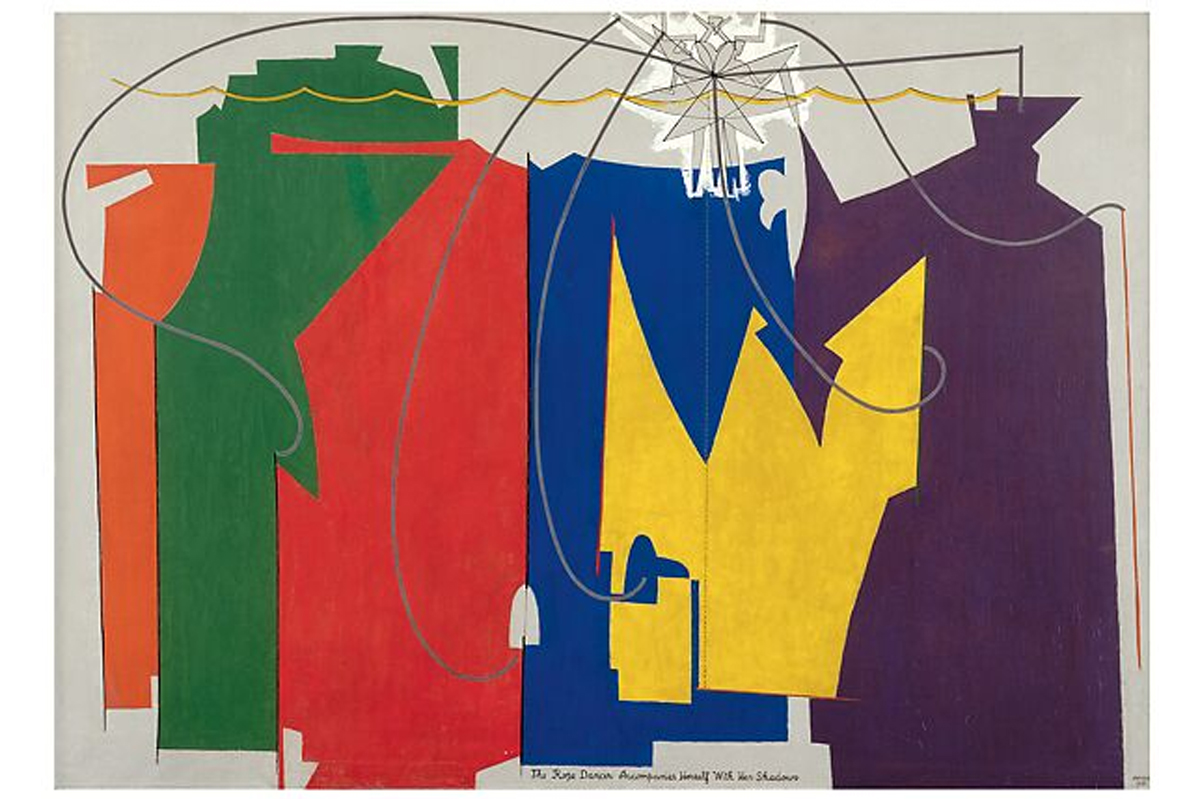This article is in
The Spectator’s inaugural US edition. Subscribe here to get yours.
It’s easy enough to write an elegy for the jazz world, a tale of decline and fall, from towering heights to epigones plying their trade in the shadows of the giants. But like most such stories, lachrymose in spirit if not intent, it obscures as much as it reveals.
No doubt many of the great clubs that existed in the Fifties and Sixties have faded away, but since the Eighties there has been a distinct revival of more traditional forms of jazz. It may not be too much to say that a new golden age has dawned for jazz, even if the performers aren’t household names as they once were, apart from a few stars such as Wynton Marsalis — though even he now lacks a recording contract with a major label.
The result has been an efflorescence of live recordings on smaller labels. A number of them are released by Jazz at Lincoln Center’s Blue Engine Records. Such as A Handful of Keys, a 2017 tribute named after a Fats Waller tune — ‘I like to tinkle on an old piana / I like to play it in a subtle mannah’ — and featuring piano soloists ranging from the dauntingly youthful phenomenon Joey Alexander to the elder statesman Dick Hyman.
So whenever I visit New York City, I make a beeline for Dizzy’s Club, a spacious shrine to this greatest of American arts, located five stories above Columbus Circle. I’ve heard some great concerts there over the years, including one by the prodigiously talented Jamaican pianist Monty Alexander.
When I saw that the trumpeter Jon Faddis and his band would be appearing for several nights, I sucked my breath in and hurriedly dialed the club to make a reservation to enter that heady area known, after Faddis’s 1989 album, as the Faddisphere, a region pullulating with high-note heroics. Who could be a more appropriate performer at Dizzy’s Club than the master’s chief disciple?
As it happens, Dizzy Gillespie, himself originally a follower of Roy ‘Little Jazz’ Eldridge, anointed Faddis his successor, boisterously declaring, ‘He’s the best ever, including me!’ This may have been what Mark Twain liked to call something of a stretcher, but there can be no doubting that Gillespie was on to something. The pair per- formed together too, including a sizzling date at the Montreux Jazz Festival in 1977, with Milt Jackson on vibes and Sir Monty (in his pre-knighthood days) on piano, released by Pablo as Dizzy Gillespie Jam.
Faddis, born July 24, 1953, saw Louis Armstrong perform on the Ed Sullivan Show and decided to become a trumpeter. He first met Gillespie as a 12-year-old at a supper club in San Francisco. By 15, he was playing ‘A Night in Tunisia’ with him; they eventually became friends. After graduating from high school, a stint with the Lionel Hampton band beckoned, but Gillespie always remained his lodestar.
Gillespie, who died in 1993 at age 75, led a fierce life, particularly in his early migration from big bands to the bebop revolution to standout albums such as The Champ, a 1956 Savoy recording featuring Milt Jackson, John Coltrane, and Wynton Kelly. ‘No matter where you stand on Berets, Horn-rimmed glasses and goatees,’ the original liner notes said, ‘the influence and contribution of John Birks “Dizzy” Gillespie is unchallenged!’ Amen to that.
So as I waited in a lengthy line to enter Dizzy’s Club, it wasn’t altogether surprising to hear two fellows in their twenties incredulously shaking their heads, with one announcing to the patient patrons, ‘You have no idea what you’re about to hear.’
I did. As an aspiring trumpeter growing up in Pittsburgh which, incidentally, produced a number of jazz legends such as Earl Hines, I’d picked up a used Pablo LP called Youngblood that featured a picture of a young and gap-toothed Faddis grinning widely. Faddis’s searing playing had a profound effect upon me — numbers such as Gillespie’s ‘Here ’Tis’, Thelonious Monk’s ‘Round Midnight’, and above all, an impassioned take on Gershwin’s ‘Prelude #2’, which first appeared in 1927, the year Babe Ruth hit 60 home runs. Faddis hit the Gershwin out of the park as well. There was the infallible timing, and the alacrity, but above all the soaring into the ether with fervent glissandi that, far from being coarsely rebarbative, never sounded less than soulful. How did he do it? I wondered.
This was not the last time I would pose that question to myself. It was only compounded this time by listening to Faddis live at Dizzy’s with pianist David Hazeltine, bassist Kiyoshi Kitagawa, and drummer Dion Parson. Faddis, dressed in a black suit, emerged with something close to solemnity, but once he started playing his B-flat Schilke trumpet, he dispelled all pretense. This was intense musicianship.
This came vividly home to me when Faddis took a break, sat down on a chair onstage near me, and then started blowing along with the band again. He paused for a second and muttered, ‘Damn, I can’t believe I missed that,’ before standing up, moving to the center of the stage, and sotto voce telling the band: ‘Relax, relax.’ He then tackled the same refrain and nailed it.
Almost no one noticed that there had been anything amiss, but to Faddis perfection was the aim. He then pulled onstage two of his teenage students, a singer and saxophonist, and explained that he was carrying on the tradition from which he had profited as Dizzy’s pupil.
I can’t say that Faddis at Dizzy’s represented jazz in the vigor of its youth, when F. Scott Fitzgerald could write in Gatsby, ‘All night the saxophones wailed the hopeless comment of the “Beale Street Blues” while a hundred pairs of golden and silver slippers shuffled the shining dust.’ But it was more than enough to inspire hope that live jazz remains alive and well, and still hitting the high notes.
This article is in The Spectator’s inaugural US edition. Subscribe here to get yours.



